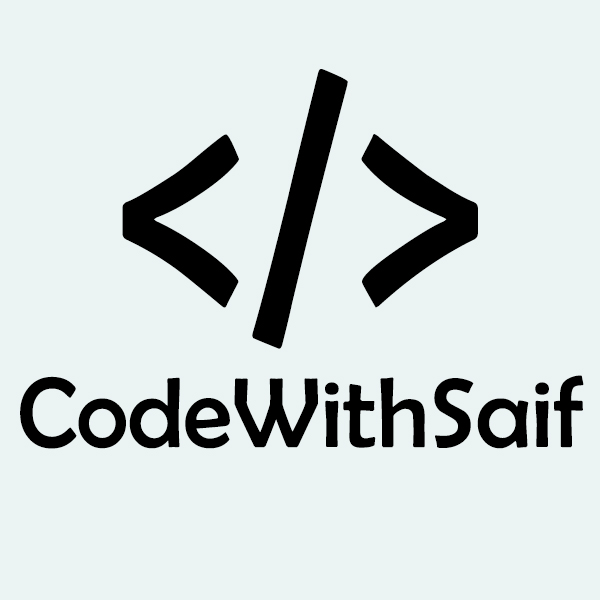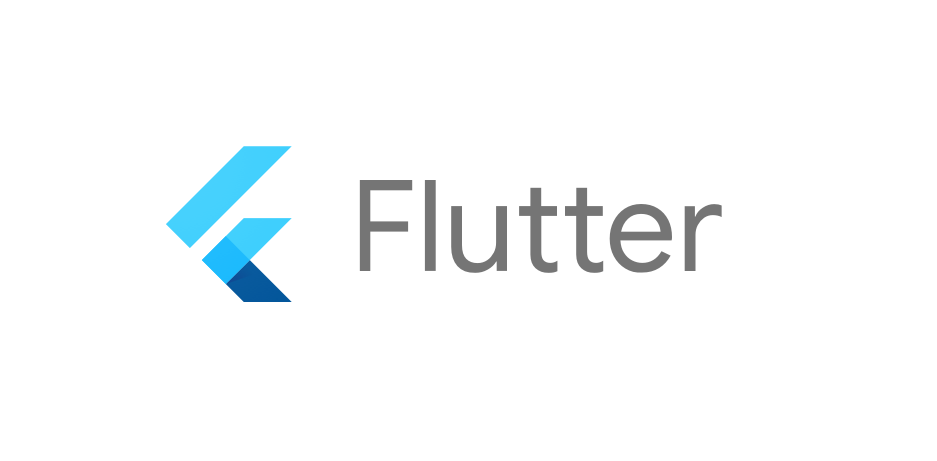Certainly! Flutter is an open-source UI software development toolkit created by Google for building natively compiled applications for mobile, web, and desktop from a single codebase. It's designed to provide a fast, expressive, and flexible way to build user interfaces. Here are some key details about Flutter:
1. **Single Codebase, Multiple Platforms:** With Flutter, you can write code once and deploy it on multiple platforms, including iOS, Android, web, and desktop. This reduces development time and effort by eliminating the need to write platform-specific code.
2. **Dart Programming Language:** Flutter apps are written using the Dart programming language, which is also developed by Google. Dart is known for its modern syntax and strong typing, making it efficient for building high-performance applications.
3. **Widgets:** Flutter's core building blocks are widgets, which are reusable UI elements. Flutter provides a rich set of pre-designed widgets for various UI components like buttons, text inputs, lists, and more. You can also create custom widgets to match your design requirements.
4. **Hot Reload:** One of Flutter's standout features is its hot reload capability. This allows developers to see changes in the app's UI in real-time as they make modifications to the code. It significantly speeds up the development process and helps with experimentation.
5. **Rich Animation Support:** Flutter has a powerful animation library that enables the creation of complex and smooth animations. Animations can be applied to various UI elements, making the app's user experience more engaging.
6. **Material Design and Cupertino Widgets:** Flutter provides widgets that follow the Material Design guidelines for Android apps and Cupertino style for iOS apps. This ensures a consistent and native-like look and feel on each platform.
7. **Package Ecosystem:** Flutter has a growing package ecosystem that consists of various plugins and packages contributed by the community. These packages offer ready-made solutions for various tasks such as accessing device features, networking, and more.
8. **Responsive Design:** Flutter allows developers to create responsive layouts that adapt to different screen sizes and orientations. This is especially useful for building apps that need to run on both mobile and tablet devices.
9. **Performance:** Flutter apps are compiled to native ARM code, which results in high performance and a smooth user experience. The framework is known for its efficient handling of animations and complex UIs.
10. **Community and Support:** Flutter has a vibrant and active community of developers, designers, and contributors. There are many online resources, tutorials, and documentation available to help developers learn and use the framework effectively.
Flutter has gained popularity among developers for its speed, flexibility, and ability to create beautiful and responsive UIs. It's particularly well-suited for startups, small teams, or individual developers looking to build high-quality apps across multiple platforms without extensive platform-specific expertise.

